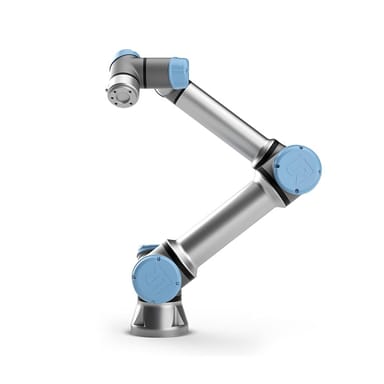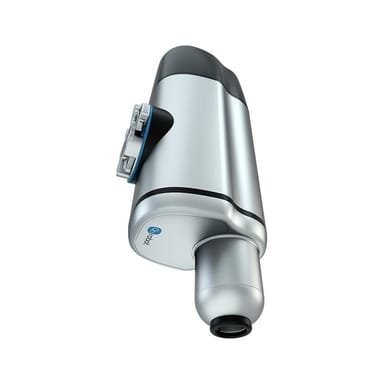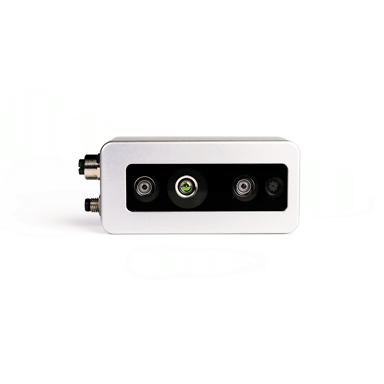Marketplace

More Competitive through Collaboration
Automating Electrical Engineering
Unchained Robotics helps businesses in Electrical Engineering reach new heights. Discover dozens of robots and a multitude of cameras and grippers that can be used to automate Electrical Engineering processes. Unchained also offers a number of easy-to-use pre-built automation solutions called starter kits.
Energizing Electrical Engineering through Intelligent Automation
The Electrical Engineering industry has, more than most other industries, faced down intense international competition and rising labor costs. This led many companies to start producing overseas and away from their customers. Automation has begun to reverse this trend. Through the intelligent implementation of automation, electrical engineering companies can greatly increase their competitiveness. Robots have never been easier to use and (re)program than they are today. Collaborative robots in particular can help automate processes in a rapid and adaptive manner.
Why Electrical Engineering companies need cobots
The advantages of collaborative robots
Safe
Cobots meet strict safety requirements that allow for their utilization in close proximity to people or even work directly with them as part of a hybrid process. This means that the robot can perform more human-like tasks or simply make a current human worker more efficient.
Easy to Integrate
Thanks to this capacity for collaboration, companies in the electrical engineering industry do not need to completely rebuild their processes and lines around robots themselves. This means that previous investments in machinery can be partially or fully automated without massive changes to the production line or the deprecation recently purchased machinery.
Adaptable
Collaborative robots are in general much easier to program and repurpose than traditional industrial robots, allowing for much greater adaptability. Often, reprogramming a cobot perform a new task on a new line or a new batch is something that any operator can be trained to do. Investments in robots make you more – not less – agile.
01. Use Case: Screwdriving
Screwdriving is one of the most common processes in electrical engineering. It can also be easily automated.
Sample Requirements
Below is an example requirement based on this industry.
M4
30 mm
Proposed Solution

Universal Robots UR5e
€27,557.00 excl. VAT.
A powerful mid-sized cobot from Unviersal Robots
The Universal Robots UR5e is an industry favorite. With a reach of 850 mm and a load capacity of 5 kg, it is ideal for screwdriving applications.

OnRobot Screwdriver
€7,769.00 - €9,522.00 excl. VAT.
Automated screwdriving from OnRobot
The OnRobot Screwdriver is a robotic screwdriver that can be easily integrated into a large number of common cobots. It can handle a wide range of screw sizes from M1.6 to M6 and up to 50 mm in length. It also offers precise torque control ranging from 0.15 Nm to 5 Nm.

FRAMOS Industrial Depth Camera D435e Starter Kit
€939.00 excl. VAT.
A powerful depth camera for machine vision applications
The Framos d435e depth camera has a field of view of 86° x 57° and a working distance of 200-10,000 mm, making it a versatile imaging solution for this application.
Do you have a similar use case?
We are committed to help factories find the right automation solution fit for their case. Simply get in touch with us, tell us about your project, and get free:
consultation
3D simulation
feasibility report









